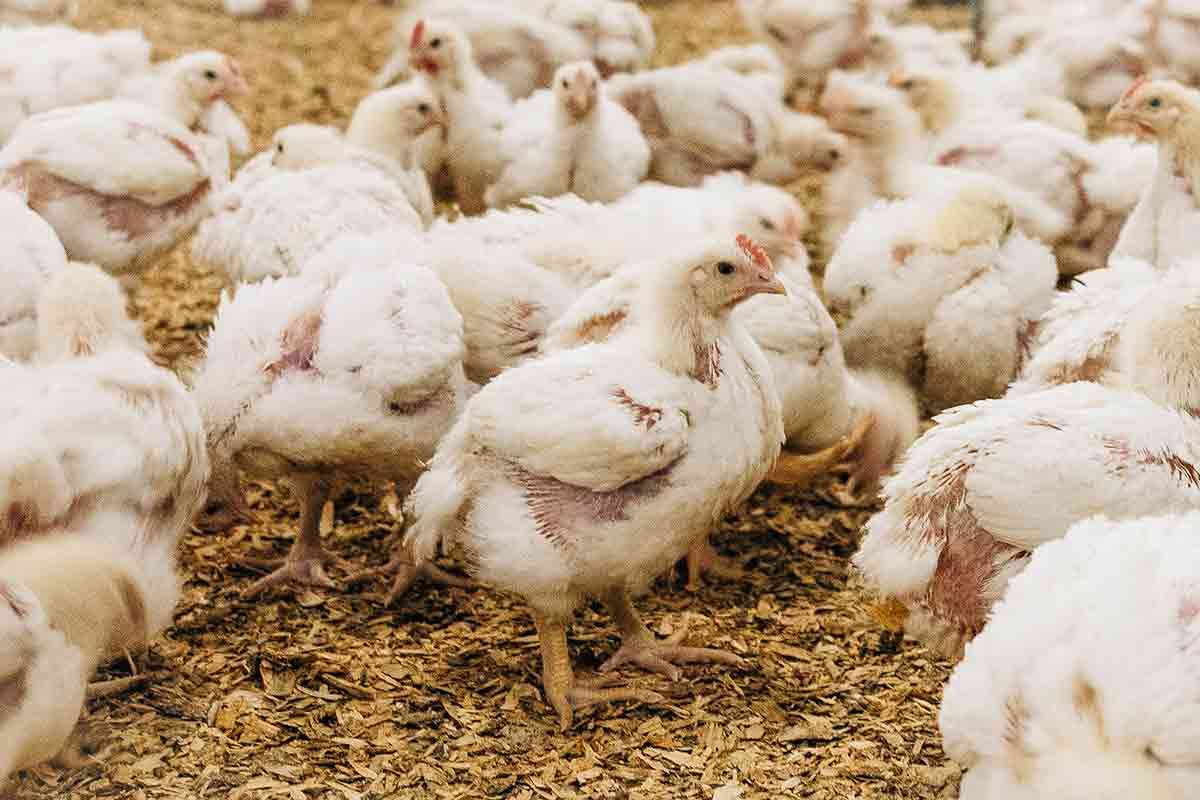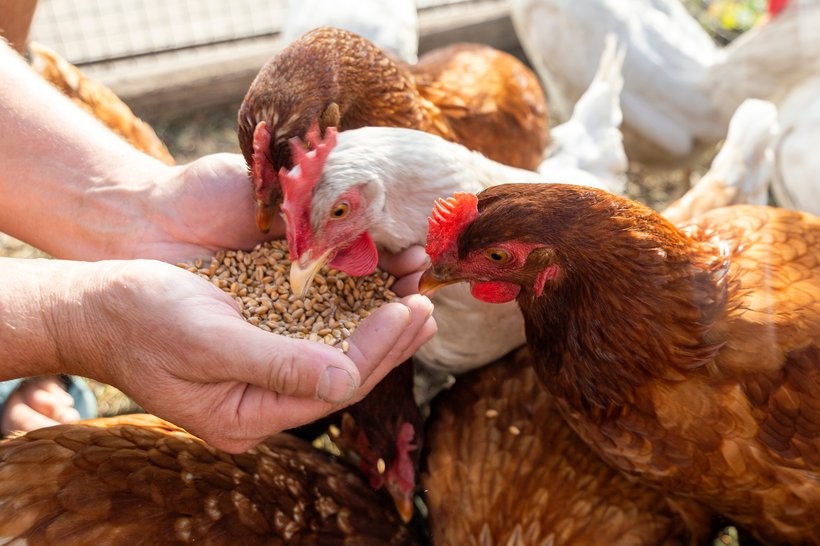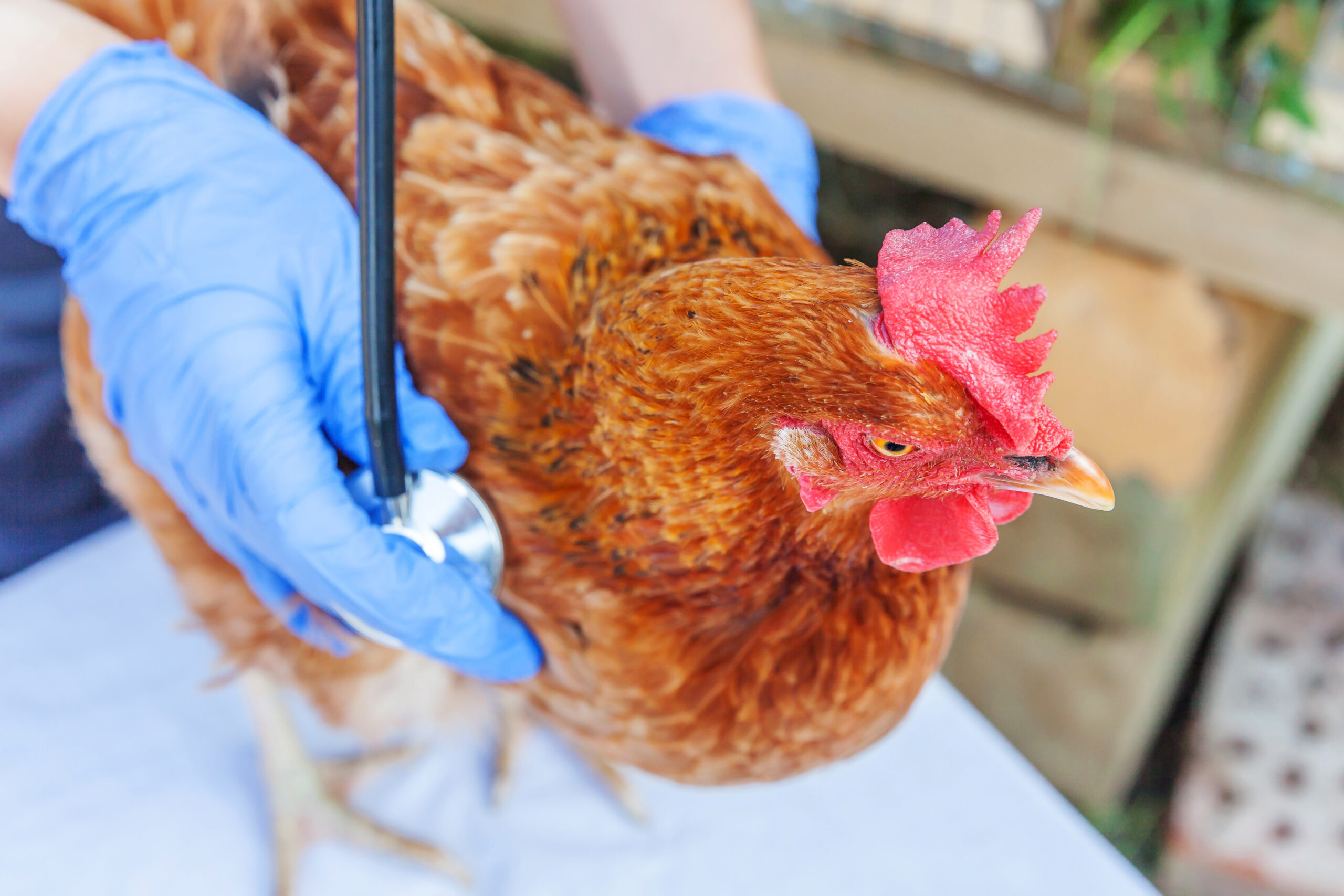Realizing the slow development of poultry production in Eastern and North-Eastern parts of India, the Regional Center of Central Avian Research Institute was established by the ICAR to initiate research on various aspects of poultry, particularly duck production, which are of direct relevance to this region. The regional Centre has Avian Genetics and Breeding, Avian Production Management, Avian Nutrition and Physiology, Extension, and Avian Medicine sections. In addition, the Centre has Hatchery, Experimental farms, Feed Technology unit, and Marketing section. Duck is the priority area of research. Supply of ducklings and eggs are the prime revenue generating commodity for the centre.
About Centre
History and Development
Regional Centre of Central Avian Research Institute was established on 26th July, 1992 at Choudwar, Cuttack district, Odisha. Activities started in a rented house focusing on backyard poultry extension work. In October 1998, the centre shifted to Bhubaneswar at Baramunda. Research activities were conducted using experimental birds in a deserted shed of Central Poultry Development Organization. The foundation stone for the current office-cum-lab was laid on 21st June, 2000 by Hon'ble Chief Minister of Odisha, Sri Naveen Pattanaik. The campus shifted to its own building on 6th October, 2003, inaugurated by Dr. Mangala Rai, Secretary DARE & DG ICAR. Subsequent facilities include brooder shed, duck shed, experimental hatchery, and feed plant over a 62-acre shared campus with DRWA.
Location and Climate
The Centre is located in Bhubaneswar, adjacent to Kalinga Studio, 1km from NH-5, and near Chandaka Elephant Sanctuary and tourist destinations Khandagiri & Udayagiri.
Contact Address
Dr. R.K.S. Bais, Incharge, CARI Regional Centre, Jokalunda, In front of Kalinga Studio, Bhubaneswar-751003 (Odisha)
Tel No: 91-674-2386870 | Fax: 91-674-2386750
Mandate
- Conduct research on various aspects of Duck production using native and exotic breeds.
- Undertake research on backyard poultry production and develop packages of practices.
- Conservation and maintenance of indigenous germplasm and testing high-yielding birds developed by CARI.
- Popularisation of duck farming among beneficiaries.
Establishments
The Regional Centre has administrative-cum-lab building (11 rooms), two duck sheds, brooder house, hatchery, feed processing unit, store room, experimental shed & pond, pump house, transformers, jeep, and tractor. Laboratories are well equipped.
| S.No | Year | Infrastructure Developed |
|---|---|---|
| 1 | 2003 | Administrative building-cum-laboratories (4 labs) |
| 2 | 2004 | Experimental hatchery |
| 3 | 2005 | Old duck shed |
| 4 | 2005 | Brooder-cum-grower shed |
| 5 | 2006 | New duck shed |
| 6 | 2007 | Feed plant |
| 7 | 2007 | Tractor |
| 8 | 2009 | Renovation of old dairy shed for commercial chicken |
| 9 | 2012 | Three new duck sheds |
| 10 | 2016 | Vertical extension of administrative-cum-laboratory building (in progress) |
| 11 | 2017 | Renovation of experimental hatchery initiated |
Salient Achievements
Performance evaluation of native, exotic and crossbred ducks
Maintained Khaki Campbell, White Pekin, Desi (native), and Moti ducks. Comparative evaluation revealed DK crossbred produced highest eggs (220.09) followed by KD (188.42), K (170.45), and D (165.23) with egg weights 70.22, 70.18, 69.64, 72.38 g respectively. Diallel crosses showed differences in egg weight, body weight, and mortality patterns. CARI Debendra dual-purpose chicken stock performed well under different rearing systems.
Nutrition and Feed Technology
- Optimal diets for ducks: 22% CP & 2700 kcal ME/kg (0-8 wk), 16% CP & 2500 kcal ME/kg (9-16 wk), 18% CP & 2750 kcal ME/kg (layer stage).
- Cassava tuber meal can replace maize up to 40% (broilers) and 100% (White Pekin ducks) without affecting performance.
- Feed resources for backyard poultry identified; supplementation improved production.
Duck Reproduction
Semen collection techniques standardized. Vitamin E and selenium supplementation increased egg production, fertility, and hatchability.
Disease Management
Health coverage reduced annual mortality to 9.34%. Haematology and pathogen isolation performed; Proteus mirabilis, Salmonella pullorum, and E. coli detected. Antibiogram tested; 6.4% seroprevalence of duck salmonellosis observed.
Technology Transfer
- Maintaining, multiplying, and supplying germplasm of egg and meat type ducks (hatching eggs, ducklings, growers, CARI Debendra chicks).
- Intensive duck rearing using artificial channels in run-space as ideal management.
- CARI model of backyard chicken and duck farming enhanced household income and nutrition.
- Integration of ducks with rice and fish improved economic returns and water productivity.
Faculty Profile
| S.No. | Name | Status |
|---|---|---|
| 1 | Dr. M.K. Padhi | Principal Scientist |
| 2 | Dr. S.K. Mishra | Principal Scientist |
| 3 | Dr. R.K.S. Bais | Principal Scientist & Incharge |
| 4 | Dr. S.K. Sahoo | Principal Scientist |
| 5 | Dr. B.K. Swain | Principal Scientist |
| 6 | Dr. K.V.H. Sastry | Principal Scientist |
| 7 | Dr. Prafulla Kumar Naik | Principal Scientist |
| 8 | Dr. S.C. Giri | Principal Scientist |
| 9 | Dr. Dhirendra Kumar | Scientist |








.png)

